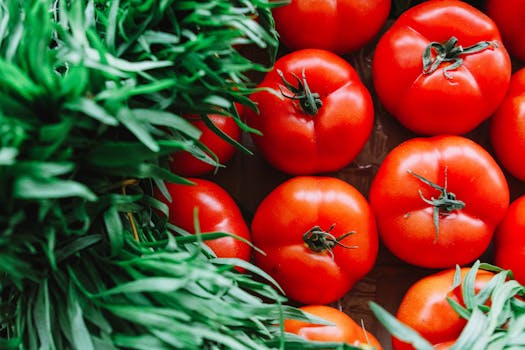Common Pests in Container Vegetable Gardening: Essential Pest Control Tips for Novice Gardeners
Container vegetable gardening is a fun way to grow fresh produce at home. However, pests can quickly ruin your hard work and plants. Understanding common pests in container vegetable gardening helps you protect your garden and enjoy a bountiful harvest. This guide shows you how to identify these pests and offers tips for controlling them throughout the year.
Spotting the Culprits: A Guide to Common Container Garden Pests
Identifying pests early is crucial for maintaining a healthy container garden. Common pests like aphids, spider mites, and whiteflies can quickly ruin your plants.
Aphids
Aphids are tiny, soft-bodied insects that can be green, black, or brown. They often cluster on the undersides of leaves. These little guys suck the sap from your plants, which can lead to stunted growth and yellowing leaves. If you notice sticky residue on your plants, that’s a sign of aphid activity.
Spider Mites
Spider mites are even tinier and usually red or yellow. They often leave fine webs on your plants. If you see a dusty appearance on your leaves and tiny specks that move when you look closely, spider mites are likely the problem. They can cause damage by sucking out the plant’s juices, leading to leaf drop.
Whiteflies
Whiteflies are small, white insects that flutter when you disturb your plants. They often gather on the undersides of leaves and feed on plant sap. Like aphids, they can weaken your plants and lead to a sticky mess known as honeydew.

Actionable Tip: To help you spot these pests early, consider creating a simple pest identification chart. Include images and descriptions of each pest. This can be a handy reference when you check your plants.
Proven Pest Control Strategies for Your Container Vegetable Garden
Once you identify pests, it’s time to take action. There are many ways to control pests in your container garden, including both organic and chemical solutions.
Organic Solutions
Using natural methods can be safe for you and the environment. Here are some easy-to-make organic pesticides:
Neem Oil Spray: Mix 2 tablespoons of neem oil with 1 gallon of water. Spray it on affected plants to deter pests.
Soap Spray: Combine 1 tablespoon of liquid dish soap with 1 quart of water. This mixture can suffocate soft-bodied pests like aphids.
Actionable Tip: Always test your spray on a small part of the plant first. Wait 24 hours to see if there’s any damage before applying it to the entire plant.
Chemical Solutions
If pests persist, you may need stronger options. Look for insecticidal soaps or pyrethrin-based sprays at your local garden center. Always follow the instructions carefully and use them sparingly to protect beneficial insects.
Preventing and Managing Diseases in Your Container Garden
Diseases can be just as damaging as pests. Being proactive is key to keeping your plants healthy.
Common Diseases
Some common diseases that may affect container plants include:
- Powdery Mildew: This appears as a white, powdery substance on leaves and can stunt growth.
- Blight: This disease can cause dark spots on leaves, leading to wilting and death.
Actionable Tip: To prevent diseases, keep your plants dry. Water them at the base instead of overhead, and avoid overcrowding your containers to allow for good air circulation.
Signs of Disease
Look for these signs to catch diseases early:
- Yellowing leaves
- Wilting
- Dark spots on leaves
Helpful Resource: For more detailed advice, consider checking our guide on identifying pest infestations.
